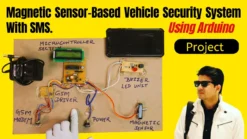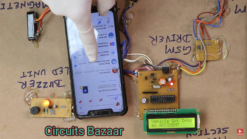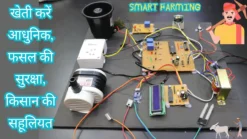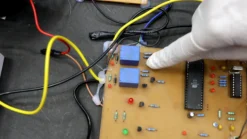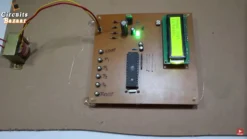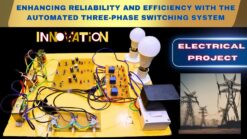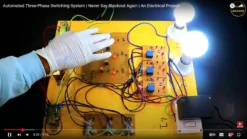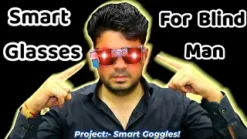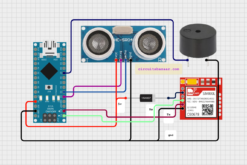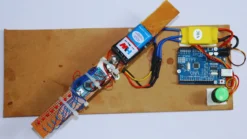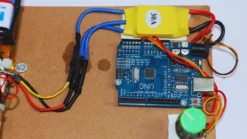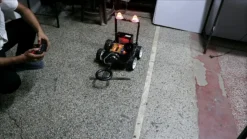Underground Cable Fault distance Locator Electrical Project | Ver1
₹4,800.00 Original price was: ₹4,800.00.₹4,200.00Current price is: ₹4,200.00.
🧠 Underground Cable Fault Distance Locator is a smart electrical engineering project designed to precisely detect and locate cable faults in underground systems like power lines and telephone lines. This ready-to-use project uses a Varley loop circuit, relay driver, and Arduino UNO to detect faults in multiple lines — Red, Yellow, and Blue. The fault distance is displayed on a 16×2 LCD, helping engineers and students to find the exact location of the problem quickly.
🚀 Perfect for B.Tech, Diploma, Polytechnic, ITI & hobbyists, the project is fully assembled on a safe wooden base and includes all essential accessories. This practical system makes fault detection faster, safer, and more accurate compared to traditional methods.
500 in stock
Table of Contents
Toggle🧠 Project Overview – Underground Cable Fault Distance Locator
🚀 The Underground Cable Fault Distance Locator is an advanced electrical engineering project designed to detect and locate faults in underground power and telephone cables quickly and accurately.
This ready-to-use project uses a Varley loop circuit along with Arduino Uno, relay drivers, and a 16×2 LCD display to pinpoint the exact location of cable faults on Red, Yellow, and Blue lines. The fault distance is displayed directly on the LCD screen, making troubleshooting fast, safe, and efficient ⚡.
👉 Ideal for students of B.Tech, Diploma, Polytechnic, ITI, and hobbyists who want a real-world practical project with strong technical learning.
⚙️ How It Works & Core Components
🧠 The Arduino UNO controls the relays through a driver circuit. Each relay corresponds to one cable line. When a fault occurs, the Varley loop circuit detects the fault and sends the signal to the Arduino. It then calculates the distance of the fault and shows it on the LCD.
✅ Key Features:
⚡ Detects fault in multiple cable lines (Red, Yellow, Blue)
🖥️ Displays fault location on 16×2 LCD
🔁 Uses relay driver board for line selection
🔌 Powered by a reliable 12V 1A adapter
🪵 Mounted on a wooden board for safety and easy transport
✅ Core Components Used:
🟢 Arduino UNO
🔴 Borley Loop Circuit
🟡 Relay Driver Module (3 Relays)
🔵 16×2 LCD Display
⚡ 12V 1A Adapter
🧰 Wooden Base Board
🧠 Jumper Wires, PCB, Connectors
👉 All components work together to locate the cable fault precisely and display the exact distance for quick restoration.
🌍 Applications & Benefits
📌 Applications:
Underground electrical cable fault detection
Underground telephone or data line maintenance
Smart grid troubleshooting and monitoring
Educational & R&D labs 🧪
✨ Benefits:
✅ Accurate fault location display
✅ Reduces manual effort and time
✅ Safe detection without digging
✅ Simple to use and maintain
✅ Ideal for engineering students & professionals
🎥 Project Demonstration Video
🎬 Hindi Demonstration 👇
🎬 English Demonstration 👇
 Internal Resource Links
Internal Resource Links
👉 Electrical Engineering Projects
👉 Electronics Engineering Projects
👉 Best Seller Engineering Projects
👉 Hardware Projects Without Coding
👉 Engineering Project Blog
📦 Read the Complete Blog of Underground Cable Fault Distance Locator project
👉 Underground Cable Fault Distance Locator Blog
 External Resource Links
External Resource Links
👉 Central Electricity Authority (CEA) — Grid Standards & Power Factor
❓ Frequently Asked Questions
🧠 Q1. What is the main purpose of the Underground Cable Fault Distance Locator?
A. The Underground Cable Fault Distance Locator is designed to quickly and accurately detect faults in underground power and telephone cables. It shows the fault distance on an LCD screen, helping technicians and students identify the exact location of the problem without digging or manual tracing. This saves time, cost, and effort.
🛠️ Q2. What components are included in the project kit?
A. The project comes fully assembled with all essential components: Arduino Uno, Varley loop circuit, relay driver board, 3 relays, 16×2 LCD, 12V 1A adapter, wooden base, jumper wires, and connectors. It also includes PPT, report, code, and tutorial videos to make learning and implementation simple.
⚡ Q3. How does the system detect cable faults?
A. The Arduino UNO controls the relays to check each cable line one by one. When a fault is detected by the Borley loop circuit, Arduino calculates the distance of the fault and displays it on the LCD screen. This makes the detection fast, accurate, and safe.
🧾 Q4. Who can use this project?
A. This project is ideal for B.Tech, Diploma, Polytechnic, ITI students, and hobbyists. It’s also useful for labs, training centers, and research institutes focusing on electrical fault detection and smart grid monitoring.
🚀 Q5. What are the real-world applications of this project?
A. The Underground Cable Fault Distance Locator is widely used in underground power cable fault detection, telephone line troubleshooting, smart grid infrastructure, and maintenance of communication networks. It’s also a great academic project for final-year students.
| Weight | 3 kg |
|---|---|
| Dimensions | 35 × 35 × 8 cm |
Related products
Electrical Projects
Vehicle Accident Alert System using Magnetic Sensor, Arduino and GSM Modem.
Electrical Projects
Smart Farming Management System Project for Electrical Engineering
Best Selling Projects
LCD Based Smart Electronic Voting Machine Project using 8051 Microcontroller
Best Selling Projects
Best Selling Projects
🦯 Smart Glasses for Blind Assistance with Ultrasonic Sensor and SMS Alert
Electronics Projects
Electronics Projects
Wireless Landmine & Metal Detection Robot – Smart Defense Project for Students
Electrical Projects


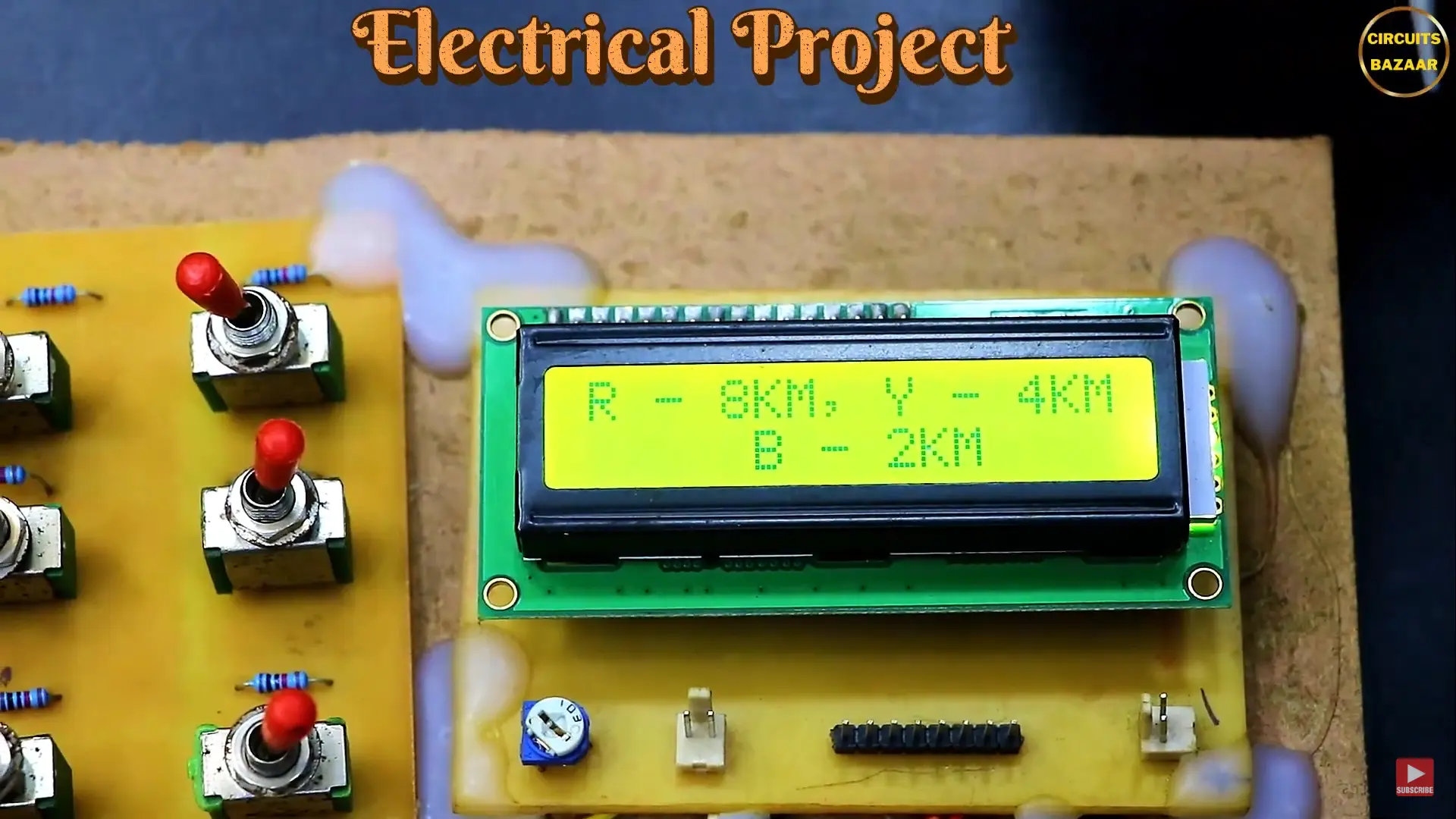




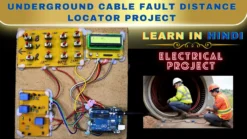
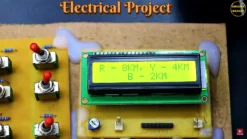
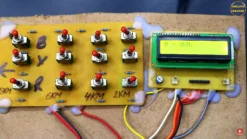
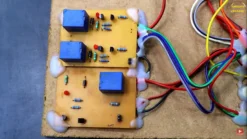
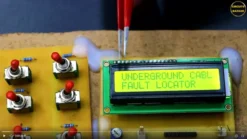

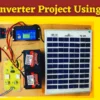
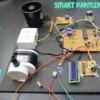
 Internal Resource Links
Internal Resource Links